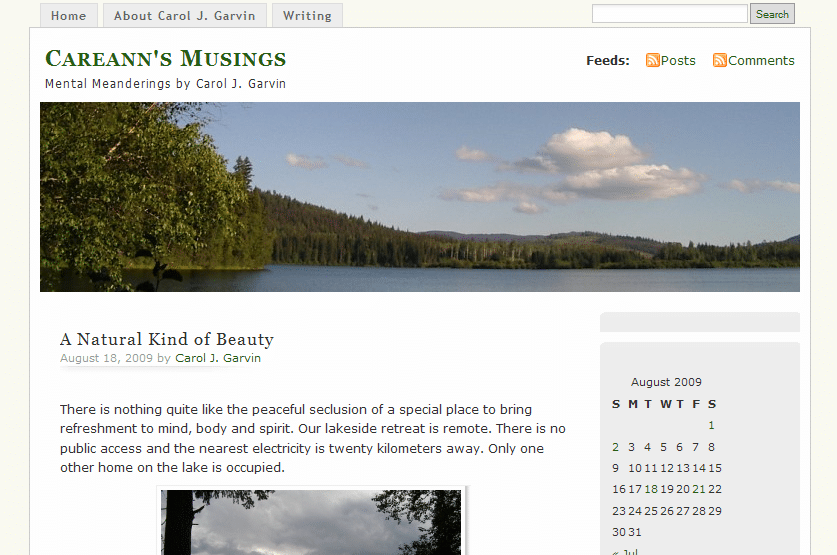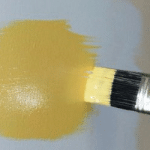Planning out a novel? Be sure to join my newsletter for a FREE plotting/revision roadmap, and check out the full series on plotting novels in a free PDF!
If you were to ask, my family would tell you I have a thing for snowflakes. Childhood efforts to catch and melt them on my tongue evolved into a slightly out-of-control adult passion to amass the ultimate collection including jewelry, embroidered fabrics, candles and other home accessories. Every December we dangle giant snowflakes in our windows instead of wreaths and display a tree decorated entirely with a variety of snowflakes set aglow by tiny white twinkle lights.
It isn’t surprising, therefore, that the idea of a “snowflake” method of writing would appeal to me. Of course, if you’ve read any of my whining about outlines and plotting you might guess that I’d grasp at anything likely to improve my odds of producing a more organized manuscript.
I’ve never liked being tied to an outline so when Randy Ingermanson’s recommended Ten Steps of Design appeared to offer a less rigid approach I gave it a try.
 The first step in the Snowflake approach required getting the essence of my story condensed into one sentence—always a challenge but something I was going to have to do sooner or later to answer the always-dreaded, “What’s your novel about?” question. The second step was to expand that one sentence into a short paragraph—once again a useful exercise that could later form the basis of a synopsis. I shirked somewhat on the third step that called for a full-page summary sheet for each of my characters and instead created summary paragraphs.
The first step in the Snowflake approach required getting the essence of my story condensed into one sentence—always a challenge but something I was going to have to do sooner or later to answer the always-dreaded, “What’s your novel about?” question. The second step was to expand that one sentence into a short paragraph—once again a useful exercise that could later form the basis of a synopsis. I shirked somewhat on the third step that called for a full-page summary sheet for each of my characters and instead created summary paragraphs.
At this point my good intentions balked. The remaining steps had me spending too much time repeatedly going over the same ground in an effort to record information that I hadn’t yet created. I wasn’t developing a snowflake design so much as creating a daisy pattern, each step causing me to return to the centre fulcrum and trace ever-increasing loops.
All this building on the basics was meant to leave me with the story virtually complete and thus simplify the writing process. The theory is sound but for me it had the effect of capping the fountain of creativity and dragging me to a standstill.
I didn’t cease writing permanently, of course. I examined what had been working and analyzed why it no longer was. Just as Jordan suggested in her post on story architecture. I learned that what I need is to have a basic plan in place but with reassurance that I’m not locked into following its every detail. I need more flexibility than the true Snowflake Method allows. As a result, I adapted the steps for an abbreviated approach that helps create my initial building blocks and then keeps track of scenes and chapter content as I write.
If I have to backtrack occasionally to accommodate a new character or scene, that’s okay but usually I write straight through to the conclusion of a bare bones first draft. As I review and revise I add a succession of new layers of description and detail to flesh out the story, setting and characters.
Since I skip half the steps, what I’m doing doesn’t represent the true Snowflake Method but only a vague version of it. It has just five points (kind of like a star rather than a snowflake):
- Create a one-sentence summary of the story.
- Expand the one sentence into a paragraph that outlines the story basics.
- Expand the paragraph into a page or two that introduces the main characters, the conflict, complications, and resolution. Include how the MC will change throughout the story (i.e., intended character arc).
- Create a spreadsheet into which highlights of each chapter’s action will be inserted as the first draft is written.
- Revise draft, adding details and description to enrich the writing.
I could be criticized for taking shortcuts and not giving the Snowflake Method a fair try but I’ve already admitted I need flexibility. My commitment to begin with that method didn’t extend to any kind of promise that I would stay with it. I truly believe each novelist must approach story building via whatever method works, however unique it might be. There is no one right way that will suit everyone. The only way to guarantee the successful completion of a novel is to keep writing and the smart novelist utilizes whatever tools it takes to reach that goal.
About the author
Carol J. Garvin, blogging at Careann’s Musings, is a freelance writer with articles in various Canadian magazines and publications. She lives in southwestern British Columbia and is a member of the Federation of BC Writers and the Langley Writers’ Guild. She has written a family memoir that is not meant for publication, and began writing novels ten years ago. She is on her third but so far none are ready to send out into the world quite yet . . . but soon. Besides writing, her other passions are her church and family, gardening, reading, music, painting and purebred dogs.

 something quirky, like writers who love yellow or writers who love to go barefoot. Of course you’d welcome writers (and readers) who love pink a little more than yellow, or writers who really don’t go barefoot all that often . . . but just the fact that it’s got this “grabby” idea will make your visitors more interested, and also make your blog stick in their minds a little more.
something quirky, like writers who love yellow or writers who love to go barefoot. Of course you’d welcome writers (and readers) who love pink a little more than yellow, or writers who really don’t go barefoot all that often . . . but just the fact that it’s got this “grabby” idea will make your visitors more interested, and also make your blog stick in their minds a little more. Finally, I just want to reiterate what Kathleen said about using a niche approach to blogging. Working to appeal to a specific, if narrow, audience can help to grow your blog more than trying to appeal to everyone. This is just like fiction—we don’t expect that everyone will love everything we write (well, okay, we do, but we don’t reasonably expect that
Finally, I just want to reiterate what Kathleen said about using a niche approach to blogging. Working to appeal to a specific, if narrow, audience can help to grow your blog more than trying to appeal to everyone. This is just like fiction—we don’t expect that everyone will love everything we write (well, okay, we do, but we don’t reasonably expect that  ). We know that we have to write to our audience—our niche, our genre.
). We know that we have to write to our audience—our niche, our genre. 
